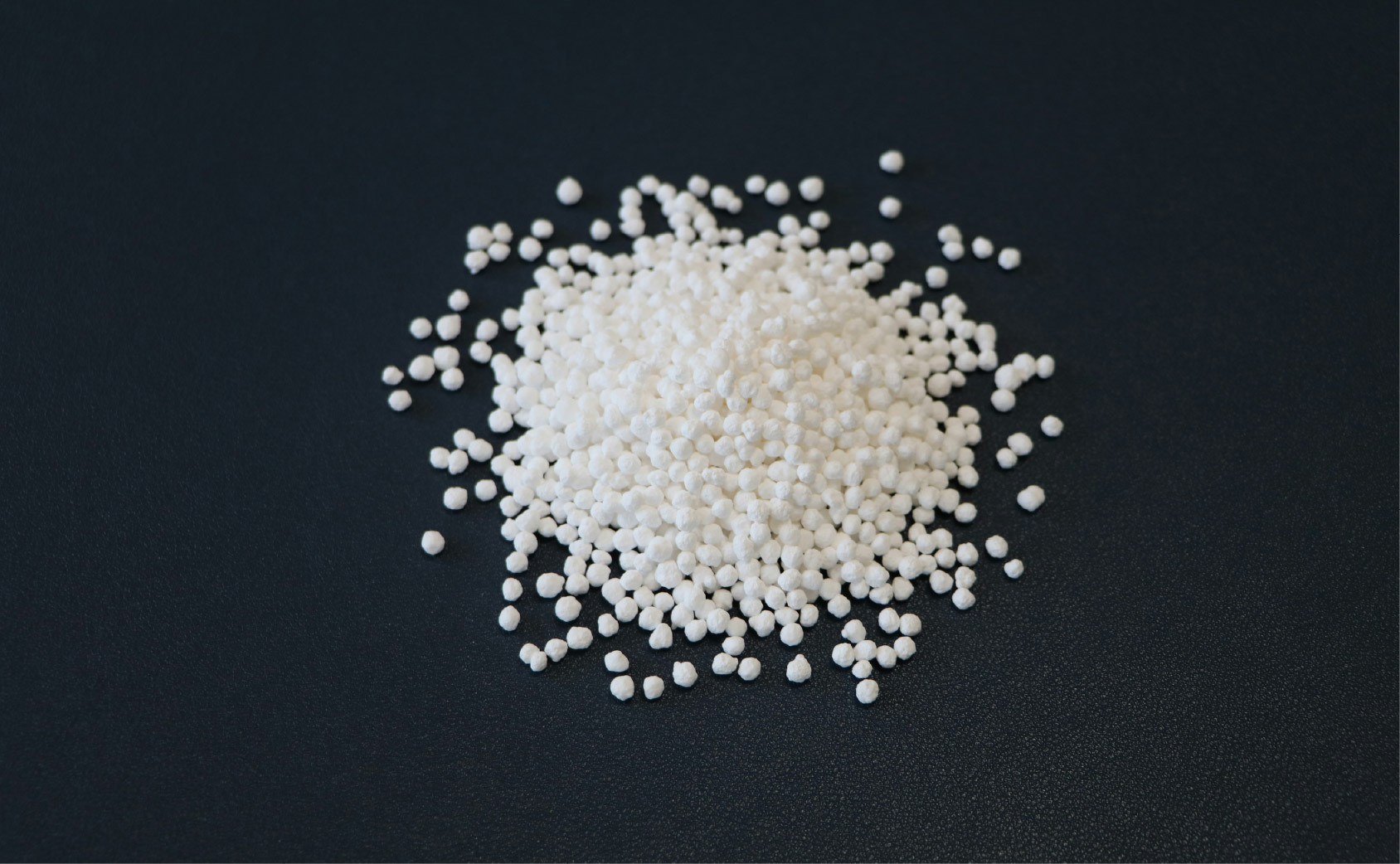How Precision Agriculture and Fertigation are Driving the U.S. Calcium Nitrate Market to $3.44 Billion by 2032

The U.S. calcium nitrate market is positioned for significant expansion, fueled by various untapped opportunities in agriculture, industrial applications, water treatment, and specialty segments. By 2026, the market is expected to reach USD 2.26 billion with a volume of 2.90 million tons, growing to USD 3.44 billion and 4.25 million tons by 2032. This growth represents a compound annual growth rate (CAGR) of 7.2% in value and 6.6% in volume.
The agriculture segment remains the largest consumer, utilizing 1.73 million tons in 2026 and anticipated to grow to 2.55 million tons by 2032. This translates into values of USD 1.21 billion and USD 1.85 billion, respectively. The growth in this sector is driven by increased adoption of precision agriculture techniques, fertigation systems, and cultivation of high-value crops such as fruits, vegetables, and ornamental plants. Granular calcium nitrate is projected to remain the preferred form, accounting for 2.39 million tons in 2026 and 3.45 million tons in 2032, owing to its ease of handling and storage stability. Liquid calcium nitrate is also anticipated to grow, from 0.51 million tons in 2026 to 0.80 million tons by 2032, achieving a CAGR of 7.7%, largely due to its applications in fertigation and hydroponic systems.
In the industrial applications sector, volume is projected to increase from 0.44 million tons (USD 412 million) in 2026 to 0.64 million tons (USD 635 million) by 2032. Opportunities in this area include uses in concrete admixtures, metal processing, explosives, and chemical production. These high-purity applications require tailored solutions, providing a niche market for suppliers willing to offer customized grades, technical support, and blending services.
Water treatment is another critical segment, expected to grow from 0.48 million tons (USD 350 million) in 2026 to 0.72 million tons (USD 552 million) by 2032, reflecting a CAGR of 7.2% in volume and 7.9% in value. This sector faces significant challenges such as hydrogen sulfide generation, sewer corrosion, and unpleasant odors at over 16,000 wastewater treatment facilities. Calcium nitrate can address these issues by promoting beneficial denitrifying bacteria, minimizing sludge, and ensuring compliance with stricter regulations. Despite its advantages, market adoption remains limited, paving the way for pilot projects, bundled chemical solutions, and smart dosing technologies integrated with predictive monitoring.
Specialty segments, which include pharmaceutical and research applications, while smaller in volume (0.032 million tons in 2026 to 0.040 million tons in 2032), present opportunities for premium pricing. High-purity calcium nitrate is increasingly utilized for chemical synthesis, intermediates, and experimental formulations, favoring suppliers that offer certifications, traceability, and adherence to regulatory compliance.
Distribution channels also hold untapped potential, particularly for direct sales. This segment is expected to grow from 0.56 million tons (USD 596 million) in 2026 to 0.77 million tons (USD 871 million) by 2032, reflecting a CAGR of 5.5% in volume. Direct sales remain underutilized compared to indirect channels, which dominate the market, growing from 2.34 million tons (USD 1.66 billion) in 2026 to 3.48 million tons (USD 2.57 billion) by 2032. Businesses can leverage direct engagement with large cooperatives, utilities, and industrial customers through bulk contracts, subscription models, and value-added services such as real-time soil testing and predictive dosing for wastewater.
Sustainability trends further enhance the market landscape as farmers and municipal utilities focus on environmentally friendly solutions. Calcium nitrate’s low sludge generation, biological compatibility, and odor and corrosion control benefits align with circular economy practices. The market also stands to benefit from product innovations, including slow-release formulations, micronutrient-enhanced blends, and crop- or soil-specific solutions that address unmet needs. Bundling these offerings with IoT-enabled monitoring and precision dosing solutions allows suppliers to optimize nutrient efficiency, reduce waste, and improve operational outcomes.
Overall, the U.S. calcium nitrate market presents diverse, high-value opportunities. By strategically targeting agriculture, industrial applications, water treatment, and specialty segments through innovative, sustainable, and customized solutions, suppliers can capture significant market shares in a sector projected to grow from USD 2.26 billion in 2026 to USD 3.44 billion by 2032, with volumes increasing from 2.90 million tons to 4.25 million tons.